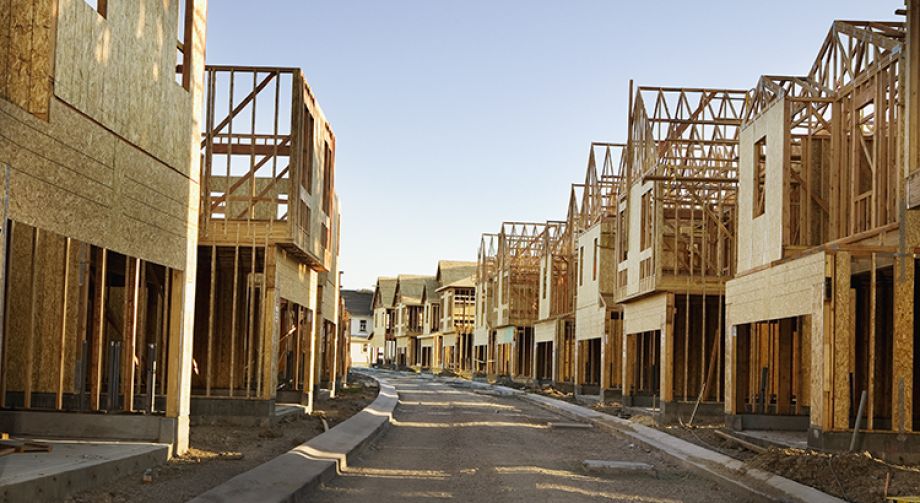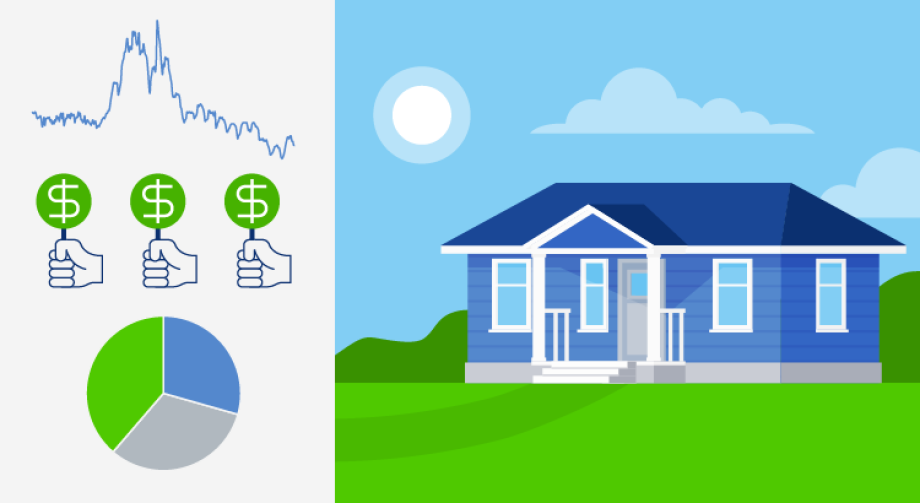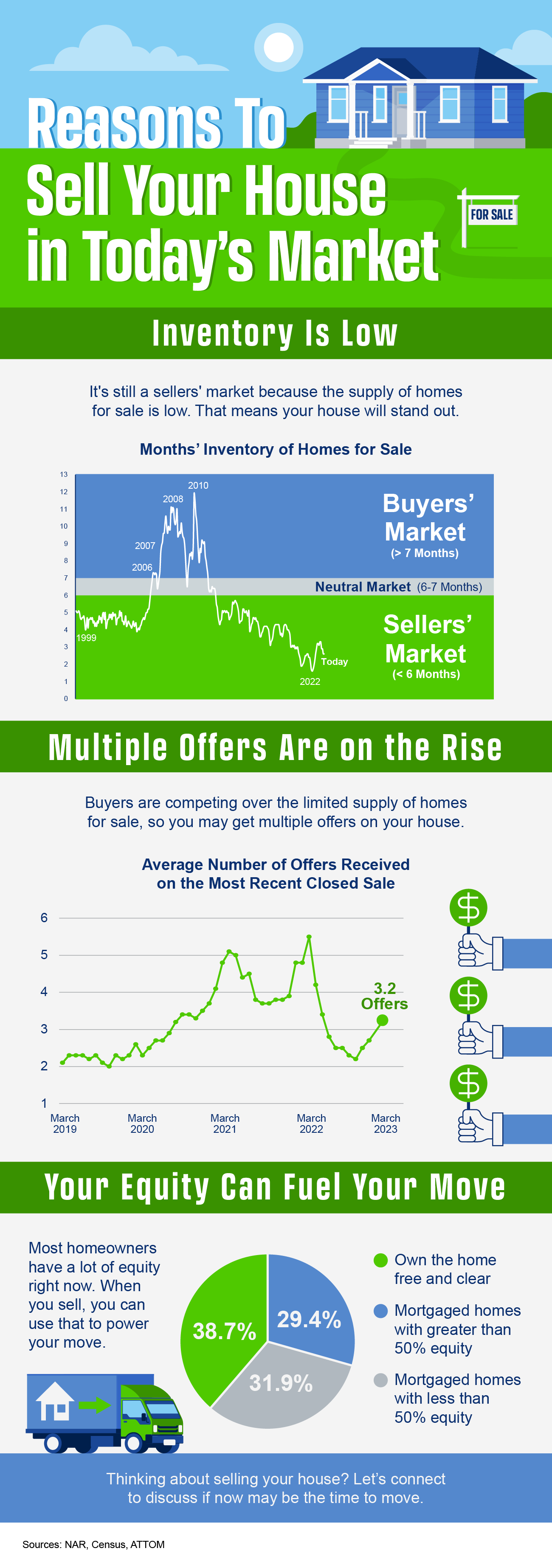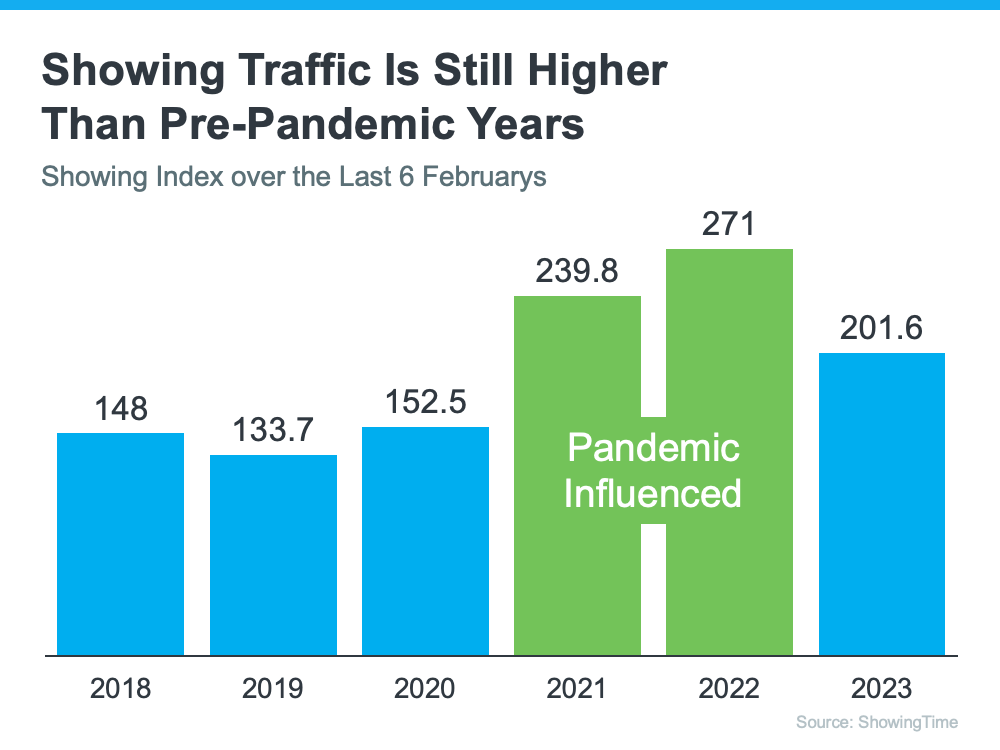It May Be Time To Consider a Newly Built Home
If you’re looking to buy a house, you may find today’s limited supply of homes available for sale challenging. When housing inventory is as low as it is right now, it can feel like a bit of an uphill battle to find the perfect home for you because there just isn’t that much to choose from. If you need to open up your pool of options, it may be time to consider a newly built home.
According to the latest data from the U.S. Census, there’s positive news when it comes to new home construction. When you look at the first three months of this year, you’ll find:
- More new homes were completed and are ready to sell. This gives you more move-in-ready options for your search.
- Builders broke ground and started construction on more single-family homes. This means there are more homes intended for one household in the beginning stages of construction, allowing you the opportunity to customize one to your liking.
- The number of permits for building new single-family homes ticked up. This shows builders are ramping up to start on even more home construction soon.
And, while this is all good news for broadening your options for your home search, there are other perks that come with considering a newly built home.
Customization
When you buy a new home under construction, you can tailor it to your unique needs and taste. Bankrate says:
“Building means customizing. . . . instead of wishing your home had a certain kind of flooring, a sunroom or some other special amenity, you’ll be able to tailor the property to your exact needs.”
Brand New Everything
Another perk of a new home is that nothing in the house is used. It’s all brand new and uniquely yours from day one.
Minimal Repairs
And, because everything is new, you’ll likely find there are fewer maintenance and repair needs up front. As Realtor.com explains:
“. . . if something does go wrong with your new home, not only are there likely some manufacturer warranties in place, but many builders also include additional home warranties . . .”
Energy Efficiency
Lastly, building a home gives you the opportunity to incorporate more energy-efficient options that can help lower your costs over time – which can feel especially important when inflation’s raising many of the costs around you.
SBottom Line
If you’re having trouble finding your dream home in today’s market, it may be time to consider newly built homes as an option. Partner with a real estate professional to learn more about what’s available in your local area.






